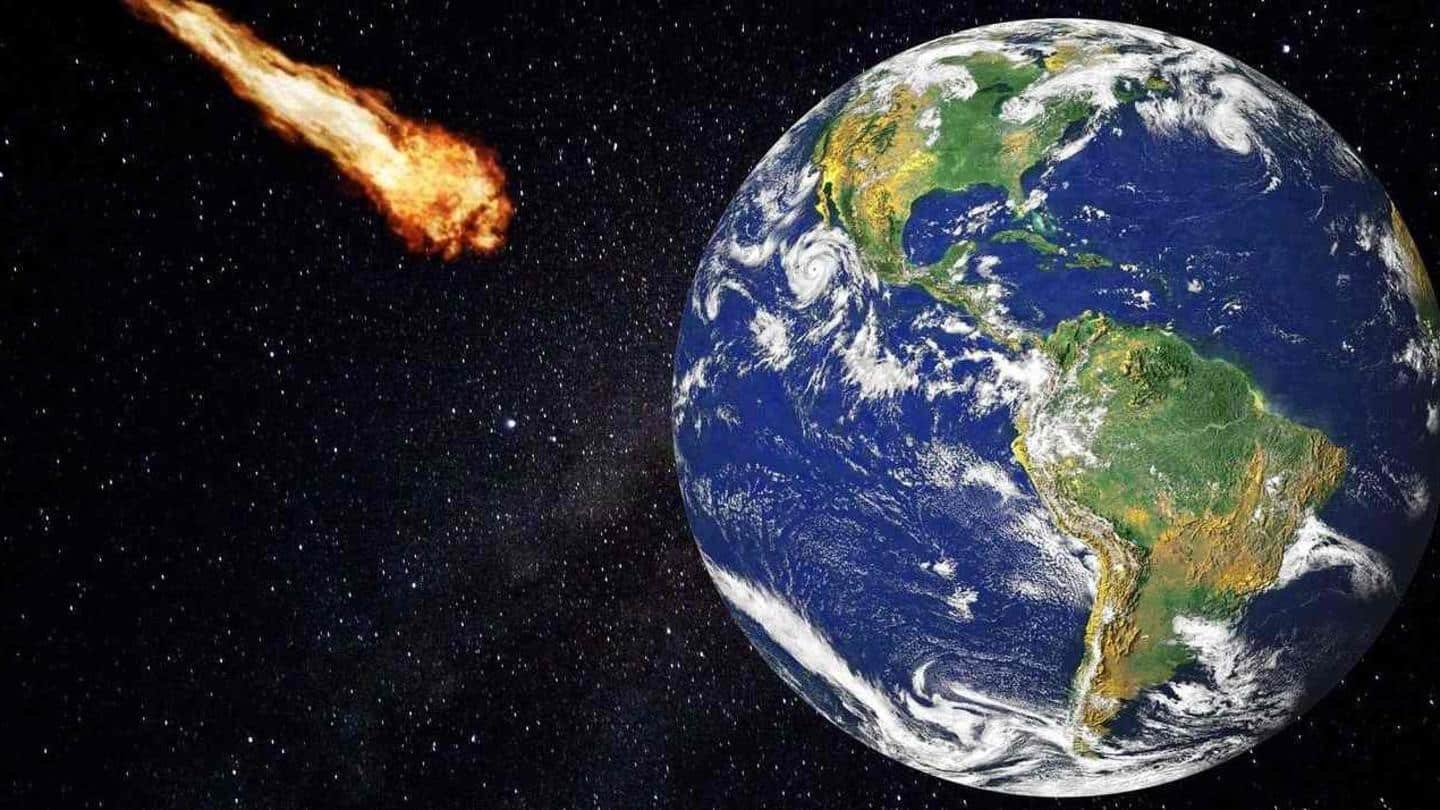
Riskiest asteroid known to humans won't hit Earth in 2052
What's the story
The European Space Agency (ESA) has some great news for us on this year's asteroid day - the 2021 QM1 asteroid has been removed from the agency's risk list.
It was described as the "riskiest asteroid known to humankind" and was expected to hit Earth in 2052.
After further observations, ESA has ruled out the possibility of the asteroid hitting Earth in 2052.
Context
Why does this story matter?
Being hit by an asteroid is a scary prospect for us earthlings. We all have heard about the seven-mile-wide asteroid that may have played a part in wiping out the dinosaur population.
Well, we don't have to worry about such a catastrophe, at least for now. The riskiest asteroid known to human beings is never going to make it here.
Risk
The more it was observed, greater the risk became: ESA
Asteroid 2021 QM was discovered in August 2021 by Mount Lemmon observatory in Arizona.
Although nothing stood out at first, follow-up observations to determine its path showed worrying signs.
"We could see its future paths around the Sun, and in 2052 it could come dangerously close to Earth. The more the asteroid was observed, the greater that risk became," said ESA's Planetary Defence head.
Information
The asteroid falls in NASA's 'dangerous' category
Size-wise, the asteroid is estimated to be between 37-82m across, putting it in NASA's 'dangerous' category. According to the US agency, an asteroid larger than 25m but smaller than 1km can cause local damage to the impact area.
Path change
Sun's glare made the asteroid invisible for a while
The observation of 2021 QM1 came to a halt when the asteroid's path brought it closer to the sun. This meant that our star's glare blocked it from being observed.
This cosmic alignment also meant that it was moving away from Earth. When it emerged out of Sun's glare, it was the faintest asteroid to be ever observed.
New observation
New observations led to refining the path of the asteroid
It was tough to observe 2021 QM1 after it emerged from behind the sun. The observation was made tougher as it passed through a region with thousands of stars.
The European Southern Observatory's Very Large Telescope (VLT) was used to observe it.
"With these new observations, our risky asteroid's path was refined, ruling out an impact in 2052," said ESA.
Warning
There 1,377 asteroids left in ESA's 'risk list'
Now that the 2021 QM1 asteroid is out of ESA's 'risk list,' are you ready to rejoice? Before you do, you should know that 1,377 asteroids are remaining on that list.
Most of them may not even reach Earth. However, it should be noted that asteroids with the explosiveness of a sub-megaton nuclear bomb hit Earth on average twice every year.